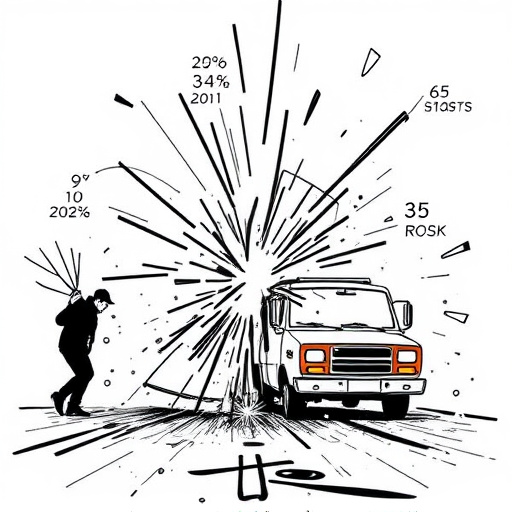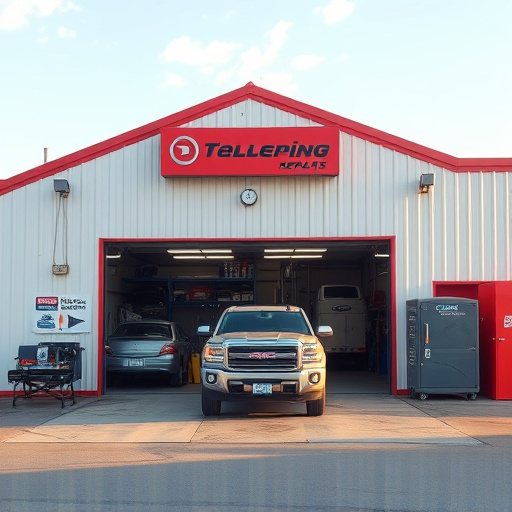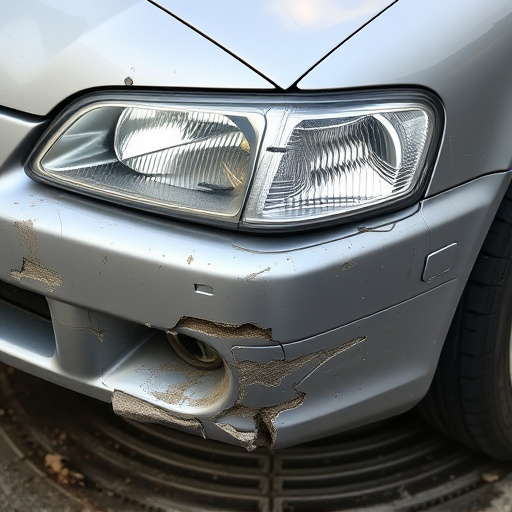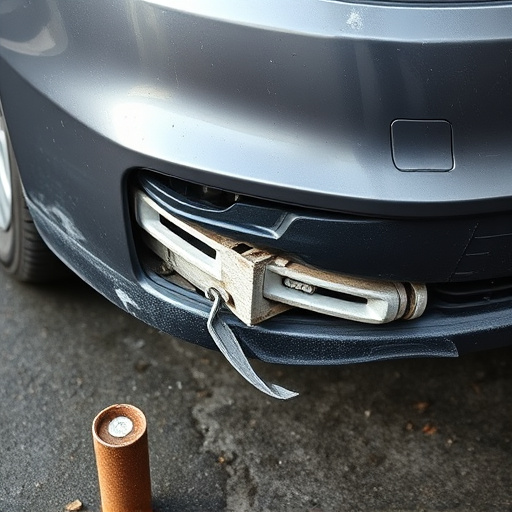Privacy and data security are paramount in repair documentation services for auto body repairs. Repair shops must anonymize data, encrypt storage, and restrict access to protect sensitive information like license plates and damage images from exploitation. Obtaining explicit consent from vehicle owners before any work begins is crucial, ensuring transparency and legal compliance. Strong security measures, staff training, and ethical practices are essential to safeguard client privacy, build trust, and maintain a positive reputation in the digital age.
In the digital age, privacy concerns surrounding photo documentation during repair services are more relevant than ever. As customers share intimate details of their properties through images, understanding and mitigating potential risks is crucial. This article explores the delicate balance between providing transparent repair documentation services and safeguarding sensitive data. We delve into obtaining user permissions, implementing secure data handling practices, and ensuring compliance to protect both clients and businesses.
- Understanding Privacy Risks in Photo Documentation
- Obtaining User Permissions for Repair Services
- Best Practices for Secure Data Handling
Understanding Privacy Risks in Photo Documentation

When it comes to repair documentation services, especially for auto body repairs like car dent removal or fender bender fixes, understanding privacy risks is paramount. These photos often contain sensitive personal and vehicle information. From license plates to detailed images of damage, they can be exploited if not handled securely. For instance, malicious actors could use such images to attempt identity theft, track individuals, or even manipulate insurance claims.
Therefore, it’s crucial for repair documentation services to implement robust privacy measures. This includes anonymizing data where possible, encrypting storage, and restricting access to authorized personnel only. By mitigating these risks, services can ensure the security of both their clients’ information and the integrity of the repair process itself.
Obtaining User Permissions for Repair Services

In the realm of repair documentation services, obtaining user permissions is a cornerstone of ethical and legal practice. Before initiating any repair process on an auto body repair or vehicle bodywork, clear consent from the owner must be secured. This involves transparent communication about the scope of work, estimated costs, and potential outcomes. Modern car repair shops often employ digital forms and agreements that simplify this process, ensuring both parties are aligned. By gaining permission, workshops safeguard customer privacy and avoid legal pitfalls associated with unauthorized repairs or data mishandling.
When it comes to repair documentation for vehicles, including auto body repair or any bodywork services, a systematic approach to permission management is vital. This includes understanding not only the technical aspects of the job but also the regulatory frameworks surrounding privacy. Reputable car repair shops integrate permission protocols into their workflow, ensuring that every step of the process respects the customer’s autonomy and maintains the confidentiality of sensitive data.
Best Practices for Secure Data Handling

In the realm of repair documentation services, ensuring secure data handling is paramount to protecting sensitive information about vehicles and their owners. Best practices involve implementing robust security protocols from the outset. This includes encrypting all data stored and transmitted, using secure cloud storage with access controls, and regularly updating software to patch vulnerabilities. Additionally, training staff on data privacy best practices is crucial; they should understand the importance of confidentiality and be vigilant against potential threats like phishing attempts and unauthorized access.
When dealing with auto collision centers or autobody repairs, repair documentation services must adhere to strict privacy standards. This involves obtaining explicit consent for data collection and ensuring that personal information is only used for stated purposes. Transparent communication about data handling procedures can build trust with clients, fostering a positive reputation for the service provider. Remember, securing data isn’t just a legal requirement; it’s a cornerstone of ethical business practices in an era where digital privacy is paramount.
Privacy concerns are paramount in the digital age, especially when it comes to sensitive data captured during repair photo documentation services. By understanding potential risks and implementing best practices for secure data handling, businesses can ensure user permissions are obtained ethically while safeguarding personal information. This balanced approach fosters trust with clients, complies with regulations, and maintains the integrity of repair documentation services.













